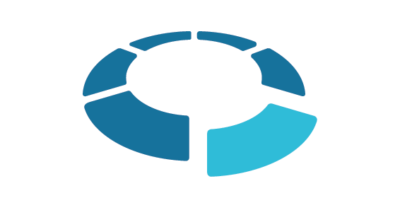Employee-owned businesses not only demonstrate resilience and growth, they also provide – through their governance structures – for employee engagement and ‘voice’ in their operations.
Employee-owned businesses structured as “Employee Ownership Trusts” (EOT’s) typically have a tripartite governance structure, consisting of a corporate trustee, the board of directors of the operating entity and a form of employee council.
In times of economic uncertainty, EOT’s have been applauded for their ability to deliver growth, as the strong governance framework means that decisions are made in the interests of all stakeholders – and with a longer-term view which leads to greater stability.
Within EOT owned businesses, an ‘employee council’ also acts as a channel of communication between the EOT trustee as shareholder and the wider employee base. An employee council can be a feedback forum to allow ‘employee owners’ to share their views on the strategy and direction of the business directly with other stakeholders. In reverse, it can be a conduit for dispersing financial and management information to employee owners. With such a forum, staff are much more engaged also with the implementation of strategic business decisions.
Research has shown that the business case for transitioning to an EOT is persuasive; companies generally have a greater level of employee engagement, a more committed workforce, increased profitability and improved employee wellbeing – and when combined with ‘Open Book Management’ and the free flowing information there involved, all employees can share a ‘stake in the outcome’.
The following is a summary of ‘case study results’ in applying ‘employee voice’ in the workplace:
- Case Study Results – Human Resources
- Job satisfaction linked to democratic principles
- Pride by staff in their status as “co-owners”
- Whole of company involvement in strategic direction
- Commitment to teamwork
- Sense of value – employees views considered at Board level
- Case Study Results – Operating Efficiencies
- Broad-based innovation – service design improvements
- Ready acceptance of new systems that improve work-flow
- Increased productivity
- Low staff turnover
- Commitment to achieving KPIs and growth targets
- Case Study Results – Competitive Advantages
- More engaged staff – direction setting, commitment to quality, achieving targets
- Lower staff turnover, fewer compensation claims
- Commitment to continuous improvement – design improvements, taking on new clients, external and customer feedback
Written by EOA’s Alan Greig

